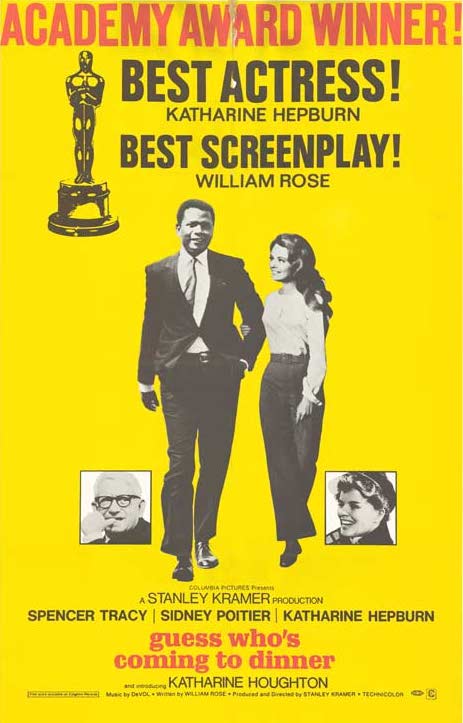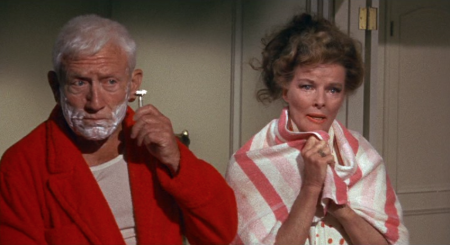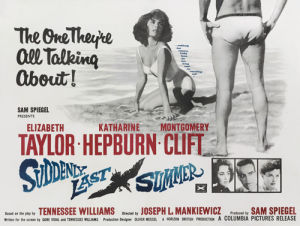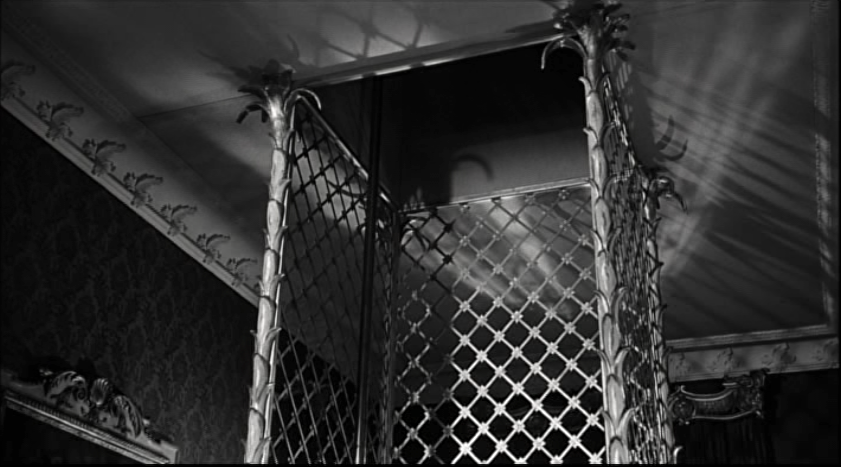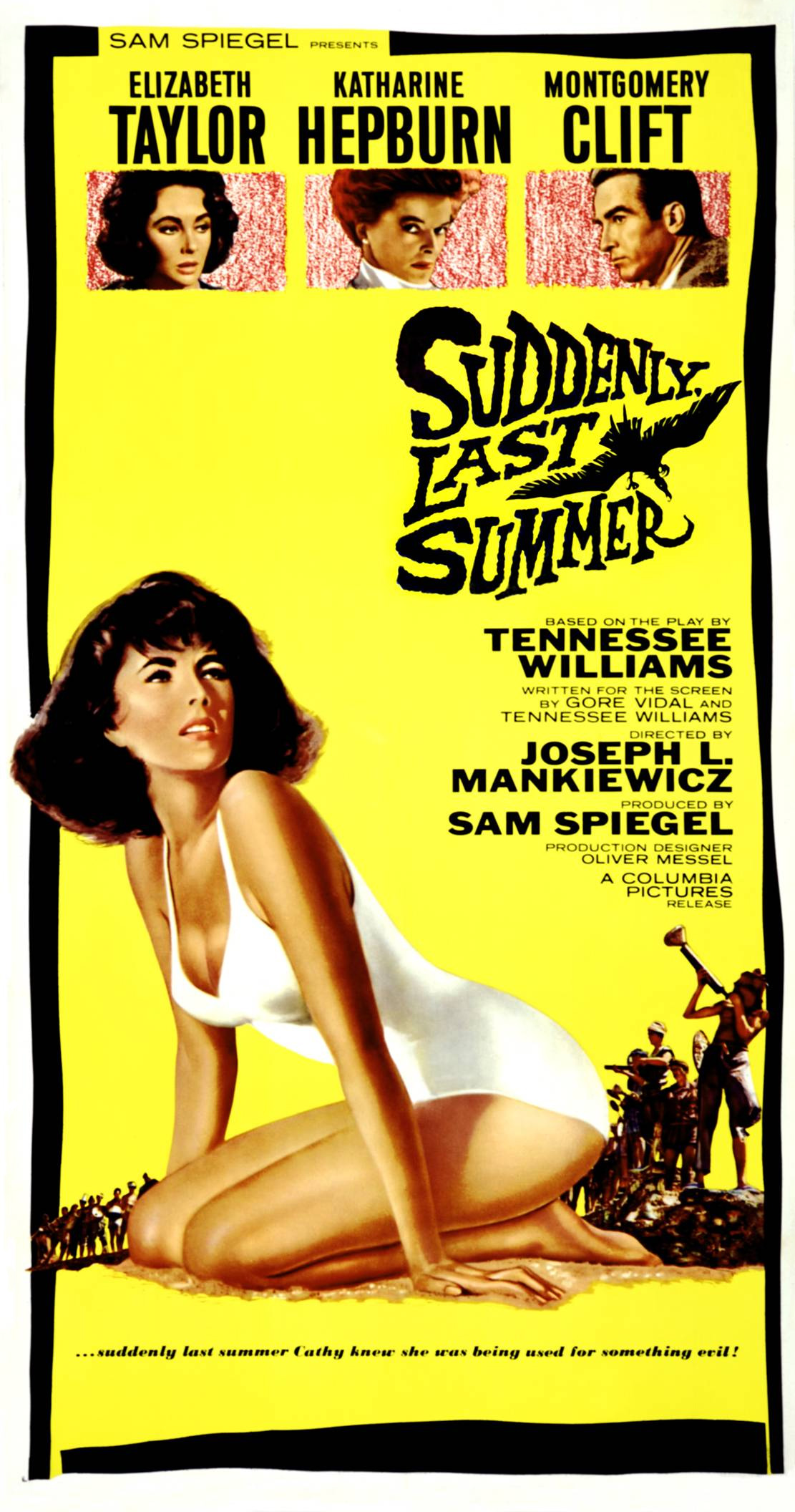A Year with Kate: The Lion in Winter (1968)
 Wednesday, September 3, 2014 at 6:00PM
Wednesday, September 3, 2014 at 6:00PM Episode 36 of 52: In which if there’s only one Katharine Hepburn film you see, make it this one.
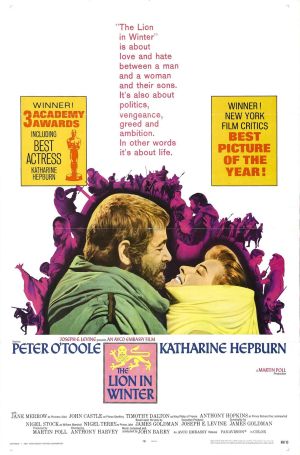 When you take Screenwriting 101, your first lesson is the Three Act Story Structure. Act 1: Introduction. Act 2: Conflict. Act 3: Climax (and hopefully Resolution). If I were to so arrange the lives of Henry II of England and Eleanor of Aquitaine, it would roughly look as follows: Act 1: Eleanor and Henry II fall in love. Act 2: Eleanor and Henry fall out of love and into battle. Act 3: The Lion in Winter.
When you take Screenwriting 101, your first lesson is the Three Act Story Structure. Act 1: Introduction. Act 2: Conflict. Act 3: Climax (and hopefully Resolution). If I were to so arrange the lives of Henry II of England and Eleanor of Aquitaine, it would roughly look as follows: Act 1: Eleanor and Henry II fall in love. Act 2: Eleanor and Henry fall out of love and into battle. Act 3: The Lion in Winter.
James Goldman’s script starts in media res, with Eleanor of Aquitaine (our own Kate) and Henry II (Peter O’Toole) already at the end of two civil wars and any pretense of civility. Knives are out as everyone prepares to fight at the Christmas court at Chinon. Joining them are their three angry sons--Richard (Anthony Hopkins), Geoffrey (John Castle), and John (Nigel Terry)--and the newly minted King of France (Timothy Dalton). (That's right, Hannibal Lector shares a movie with James Bond.) What follows is the messy climax of decades of personal grievances fought on the international stage. In short, it’s a hell of a lot of fun.
Eleanor, Queen of England, former Queen of France, and Duchess of Aquitaine, is pure Katharine Hepburn: a perfect synthesis of part and persona. It’s Kate the Great at her greatest, channeling three decades of star power, 15 years of classical training, and one year of intense grief into a powerful performance that radiates rage and sex in a way the Hayes Code and her image had never allowed previously. Kate uses her beautifully mastered voice to chew on James Goldman’s dialogue and spit it out with focused intensity. But behind that perfect control seethes a barely contained fury, which bursts forth in beautiful surges of speech.
[more]



